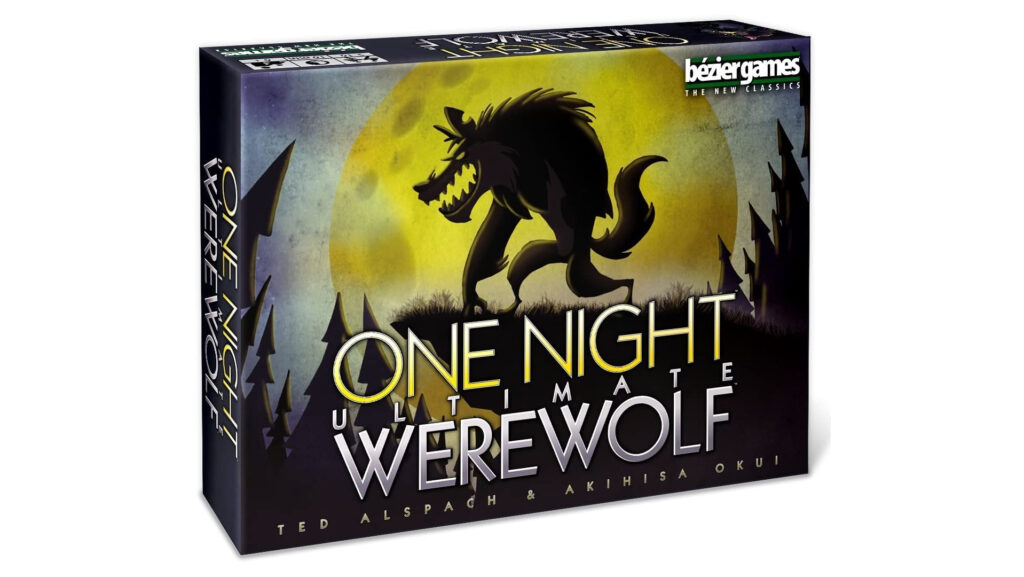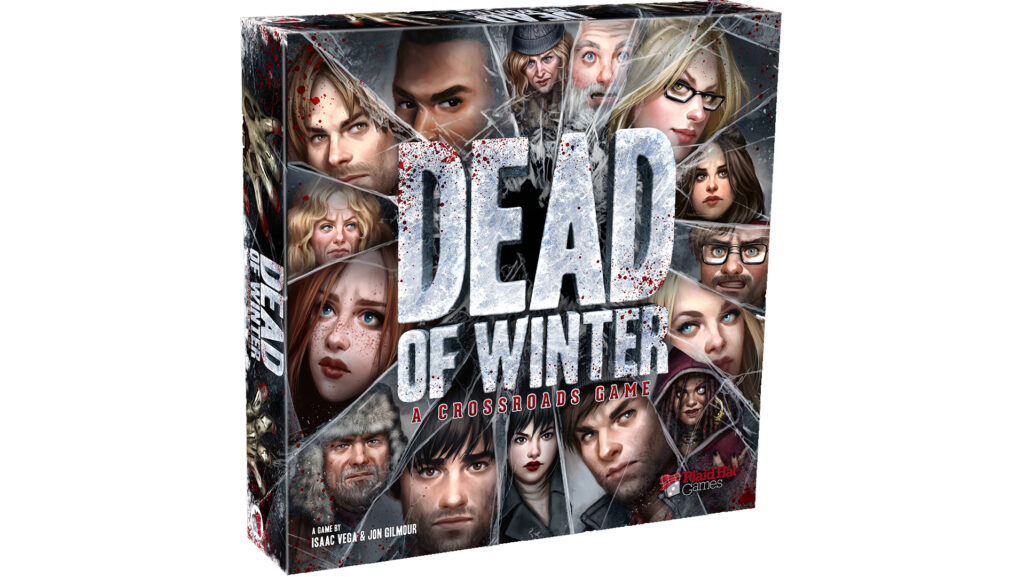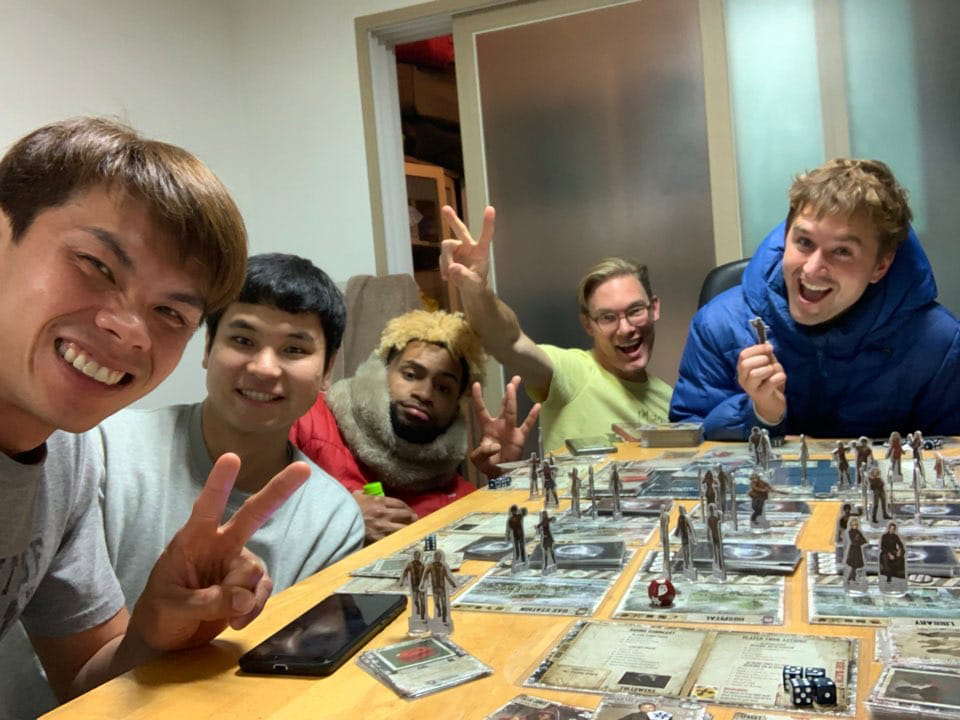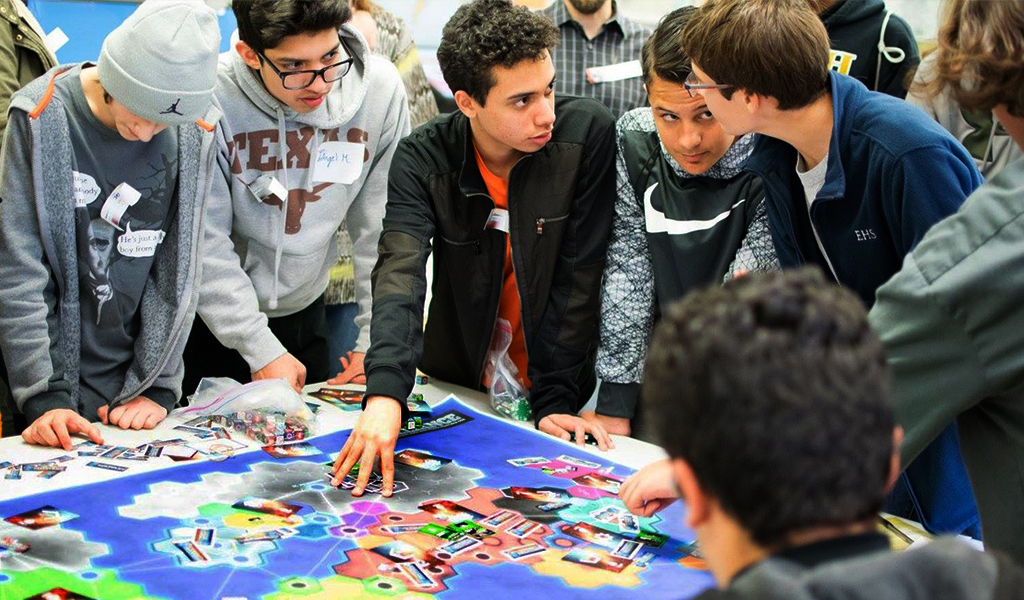My personal favorites are Coup (2-6 players), One Night Ultimate Werewolf (5-10 players), and Dead of Winter (2-5 players). These are wildly different games, and there a lot of great games out there I’m excluding, so read on to find out why I chose each one…

Coup is a small, fast, easy-to-learn, bluffing game that allows you to embezzle, steal, assassinate, spy on, and lie to any other player on every turn. The key is not to get caught lying when you are cheating, and to get caught when you are not.

One Night Ultimate Werewolf is what we call a social deduction game. If you have ever played Mafia and/or Werewolf (same game rules/mechanics, just different roles theme and name) in which a small minority of deceptive players is waking up to kill off an innocent player during consecutive night phases, and citizens collectively vote to kill off suspicious players during the day phases, then you know the fun of social deduction games. One Night Ultimate Werewolf is an inexpensive ten-minute version werewolf, except it’s far crazier and nearly everyone gets a special role.
Other popular designer social deduction games include Resistance Avalon, and Secret Hitler. Social deduction games are so fun that some groups never get beyond them. But for those willing to invest a little more time and fiddle with much more elaborate components, there are some amazing designer board games as epic as your favorite binge-worthy television series.

Dead of Winter is a full on heavyweight board game. It’s similar to the tv series Walking dead– full of beautifully flawed characters all scavenging for resources to survive a zombie apocalypse. It’s filled with moral dilemmas and difficult choices, all of which determine whether each player will cooperate to fulfill their addictions and survive the winter or each die off as morale plummets. It’s also filled with suspicion since there might be a saboteur. It can be played by up to 5 players. When I played it in the classroom I found it takes 30 minutes to set up and at least 90 minutes to play if there are new players who need an explanation of the rules. And of course someone has to learn the rules to teach them to everyone else. But everyone I’ve spoken to who has invested the time has become a life-long fan of this game and designer board games in general.

I picked out these few examples just to show how much range and variety there is within designer games. Some require more time to learn and take longer to play, but once you learn one you’ll inevitably want to learn another.
I personally only got interested because I knew that games could be a great way to teach students about systems thinking–the behind the scenes incentives of political and economic machines. Well it turns out I was right. I first began adopting designer board game mechanics to create political science simulations six years ago and the rabbit hole has only gotten deeper and deeper.
Since then I’ve designed 3 key games even more diverse than the games above, but all for educational purposes.
I designed ALLIANCE the Ultimate World Leader Political Science MegaGame to allow up to 72 participants to role-play as leaders of various nations and solve all of the world’s problems within 4 hours. But that game was quite big and intimidating to run for teacher new to game-based learning, so I created Conspiracy (2-9 players) as a smaller game of political intrigue. I also successfully KickStarted Great Boy the Game which is a Bible Study game, and Reign of Saul as a quick easy minigame to simulate the life of young David from the Bible.
To learn more about my games you can visit www.GamesTeach.us



